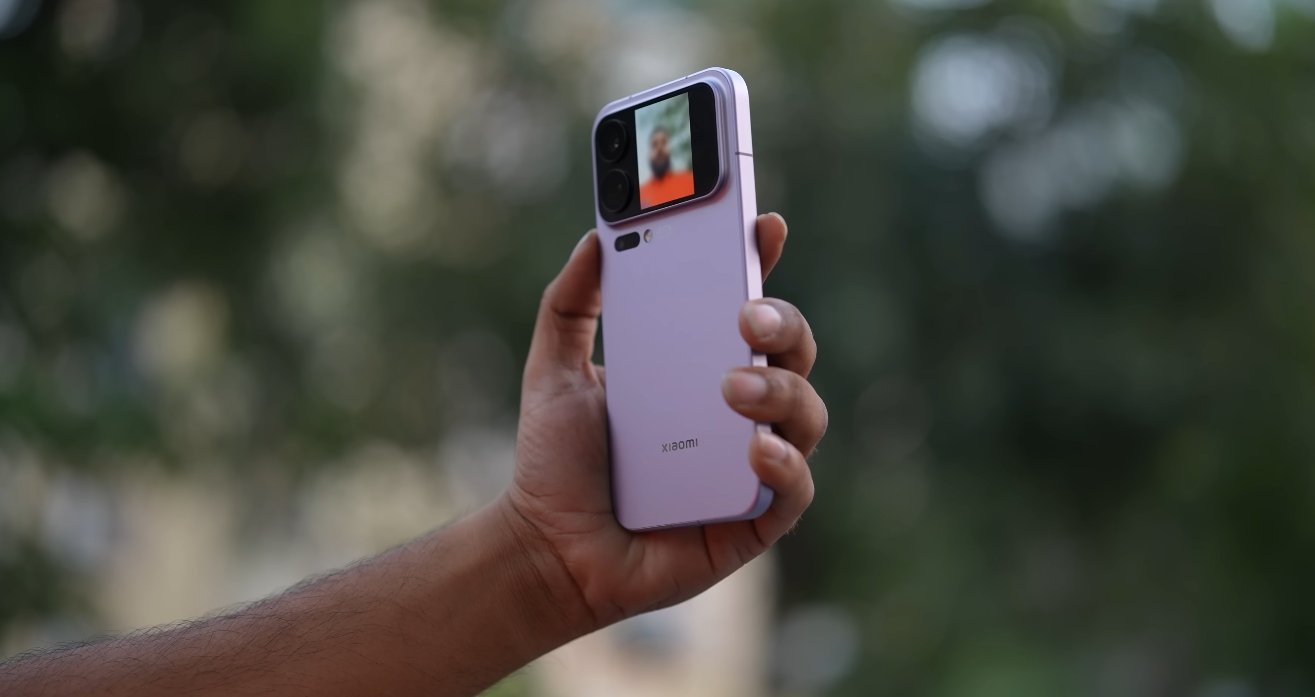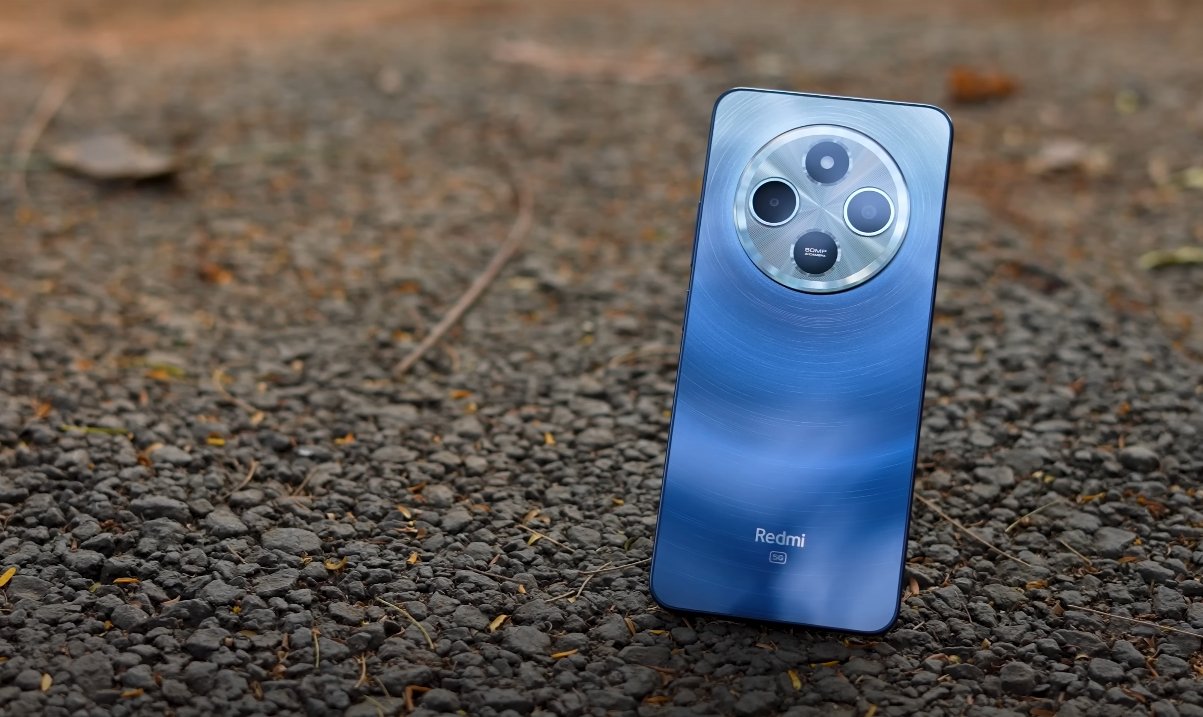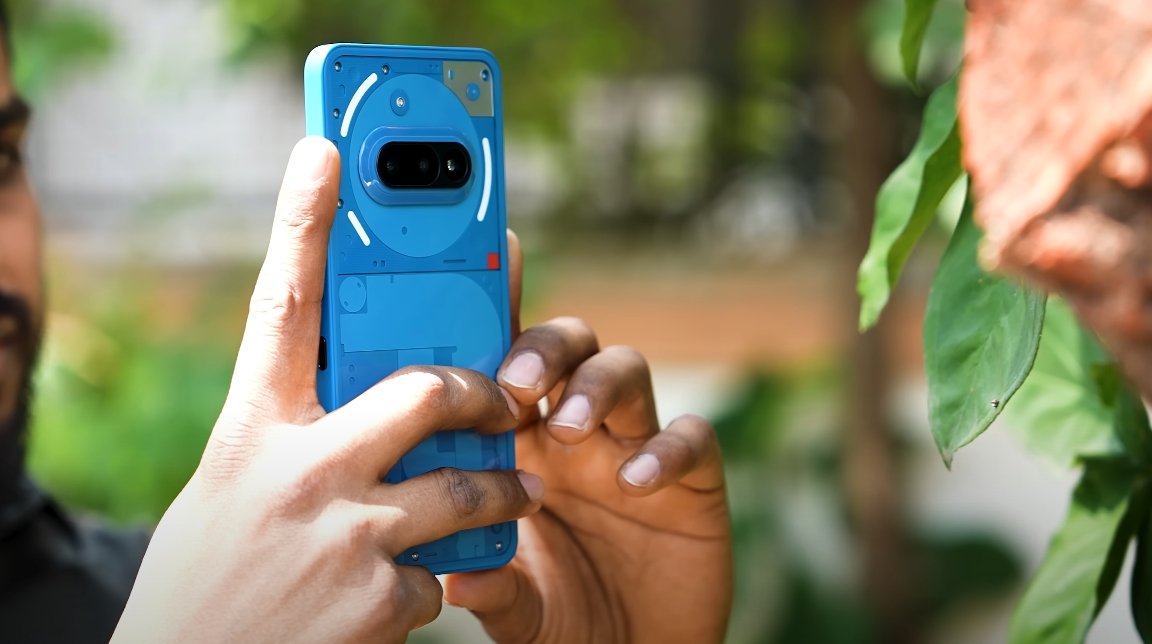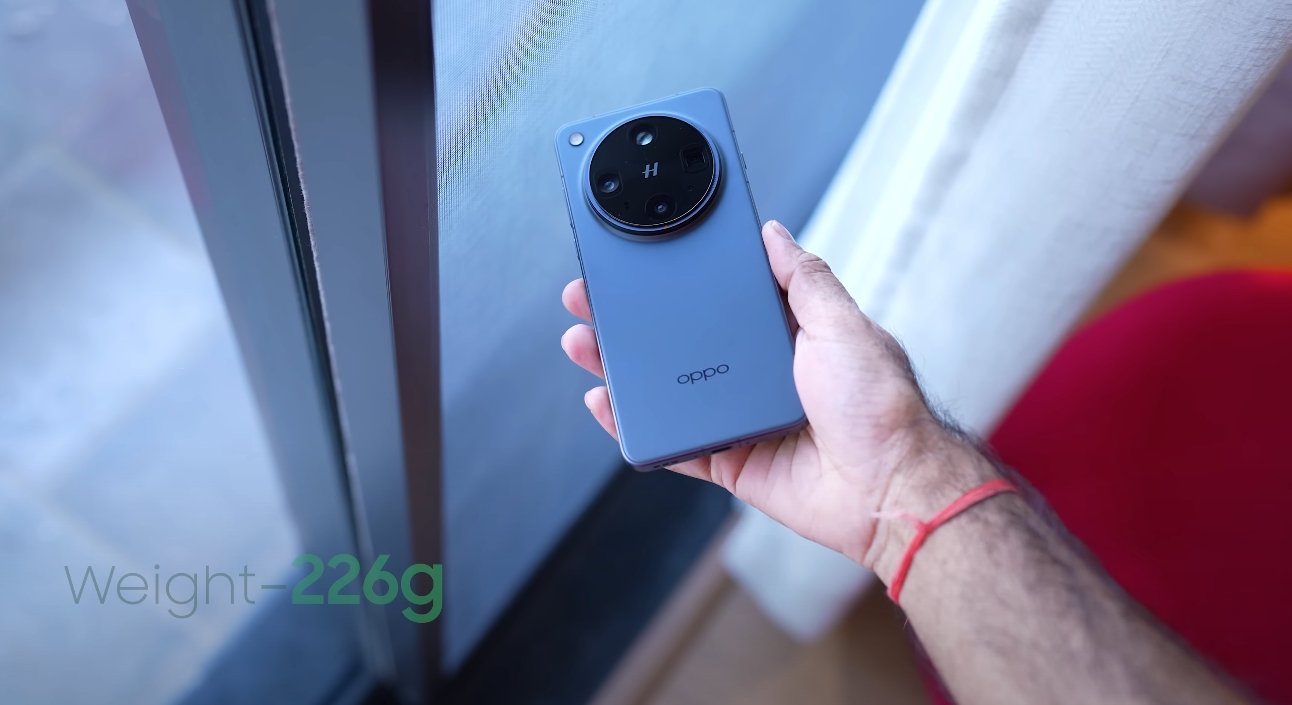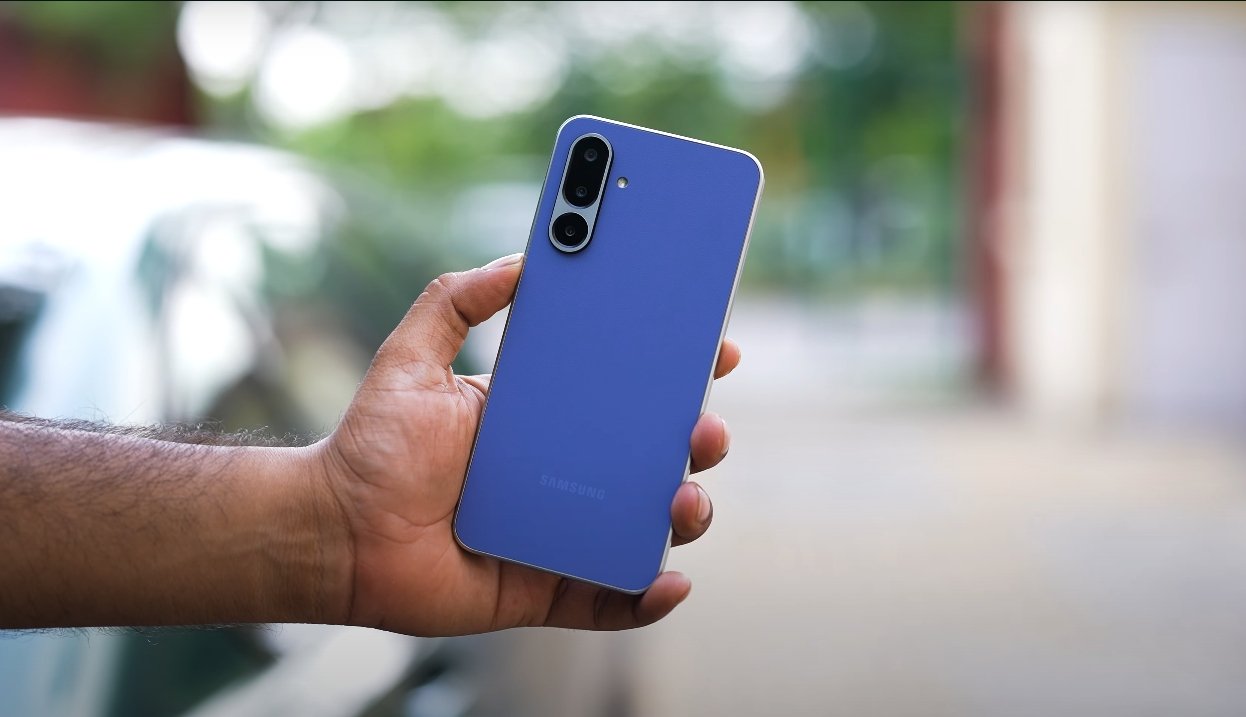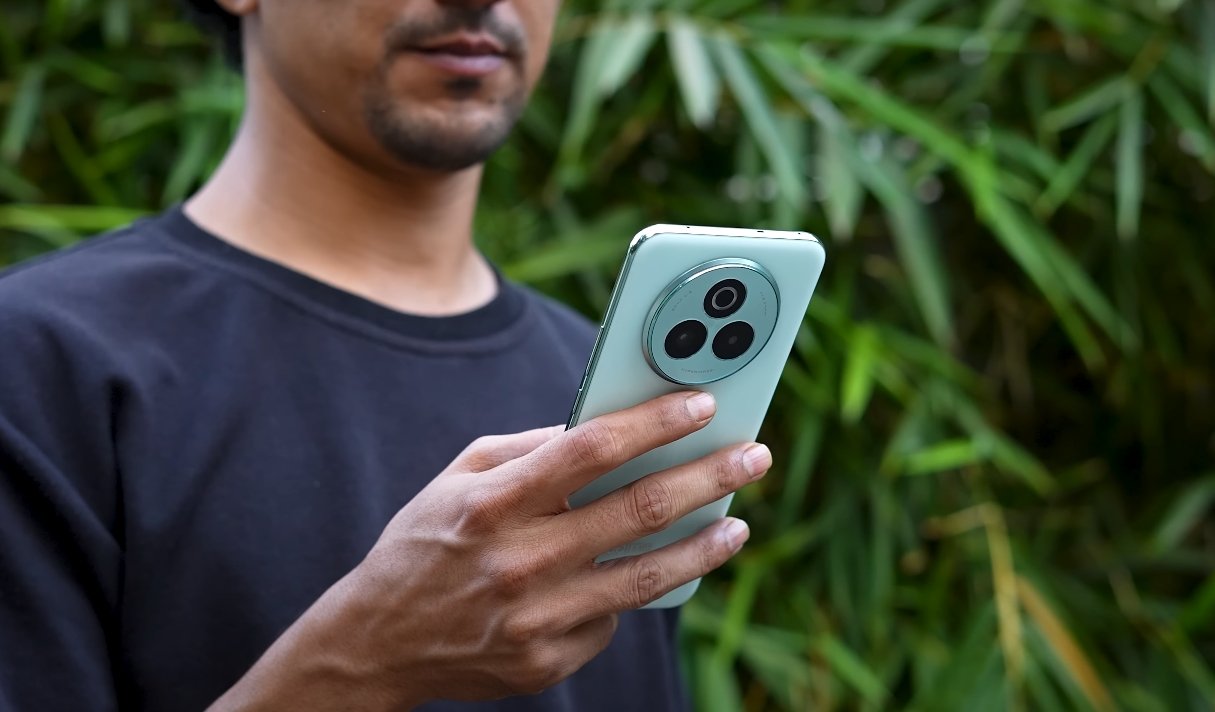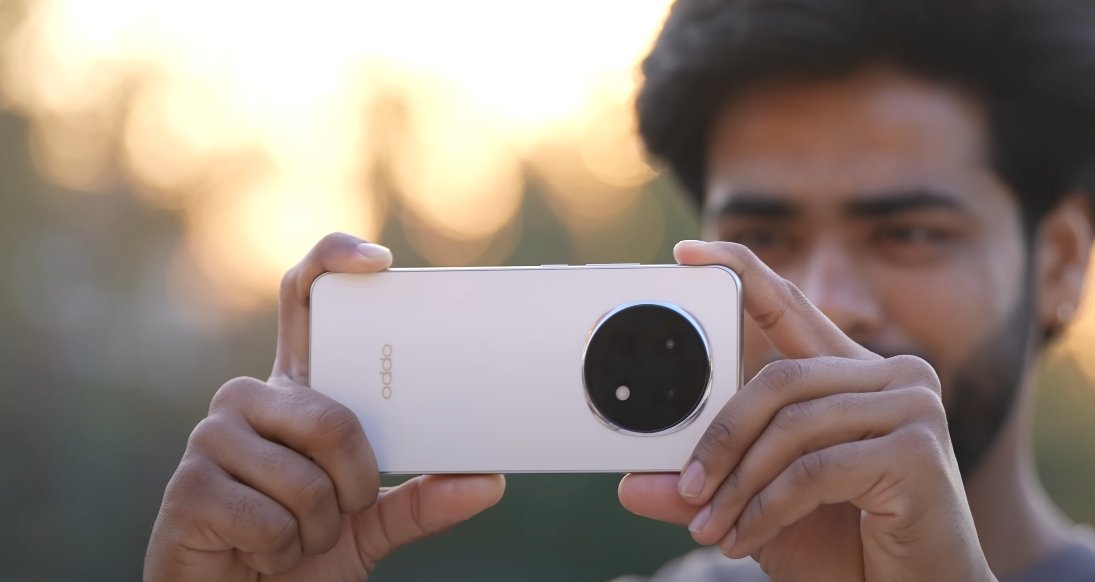Flagship Performance Showdown Between Xiaomi and Apple
The battle between Android and iOS continues to intensify with the Xiaomi 17 Pro Max and Apple iPhone 16 Plus leading their respective platforms. Both smartphones represent the pinnacle of performance from their brands, targeting users who demand speed, efficiency, and long-term reliability. Yet, their approach to performance is vastly different—Xiaomi relies on sheer hardware power, while Apple focuses on seamless optimization.
The Xiaomi 17 Pro Max is powered by Qualcomm’s Snapdragon 8 Gen 5 chipset built on an advanced 3nm process. It offers up to 16GB of LPDDR5X RAM and UFS 4.0 storage, ensuring top-tier read and write speeds. This setup is designed to handle demanding workloads, from 4K video editing to high-refresh-rate gaming. Meanwhile, the iPhone 16 Plus features Apple’s A18 processor, also based on a 3nm process. Although it uses only 8GB of RAM, Apple’s tight integration between hardware and software allows it to deliver impressive real-world speed that often outperforms its on-paper specifications.
When it comes to app launch times and multitasking, both devices perform exceptionally well. The Xiaomi 17 Pro Max opens heavy apps and games in seconds, maintaining responsiveness even with multiple processes running in the background. The iPhone 16 Plus, though equipped with less RAM, handles multitasking efficiently thanks to iOS’s memory management system. In daily use, both feel equally fast, but Xiaomi tends to have a slight advantage in switching between resource-heavy applications.
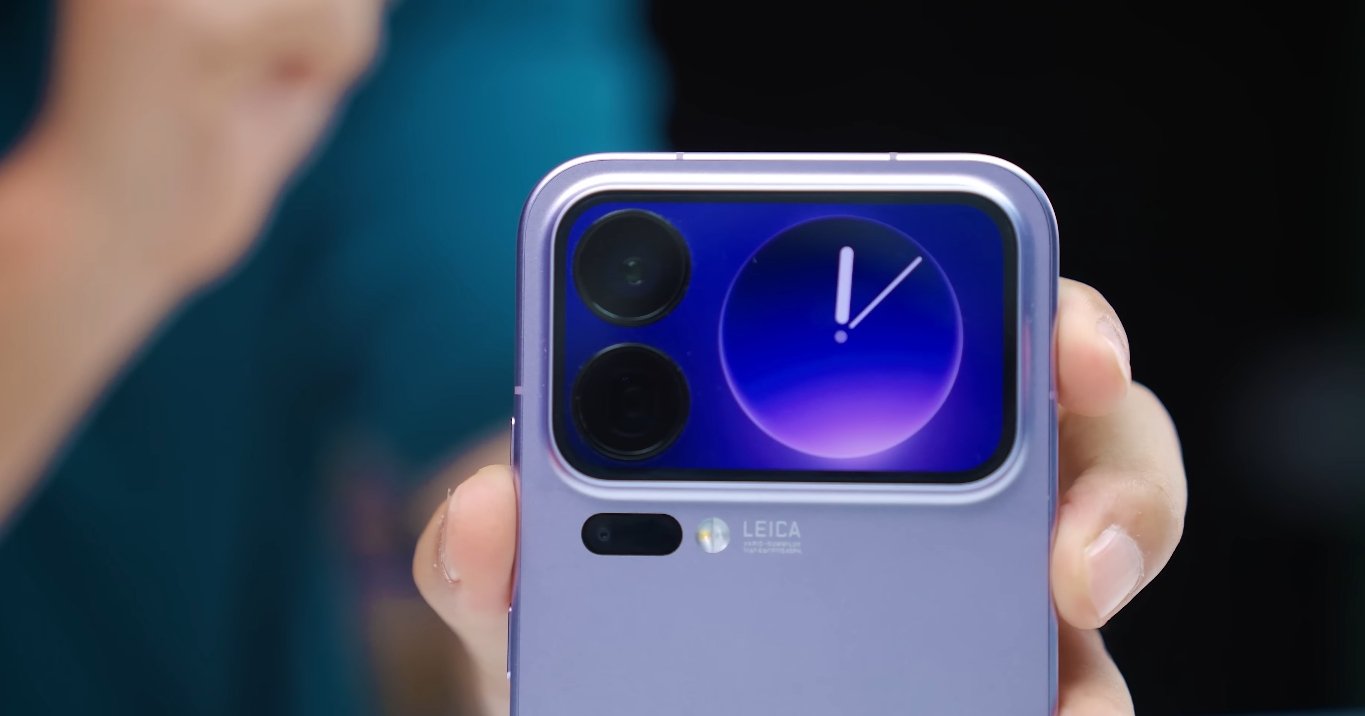
Benchmark results reveal the hardware difference more clearly. The Snapdragon 8 Gen 5 chipset in the Xiaomi 17 Pro Max achieves higher multi-core scores, demonstrating stronger parallel processing capability. This benefits users who rely on productivity apps or perform CPU-intensive tasks like video rendering. The A18 chip, however, dominates in single-core performance, making it better suited for quick operations, system responsiveness, and gaming optimization within Apple’s ecosystem. While Xiaomi wins in raw power, Apple maintains a smoother and more consistent experience under most use cases.
Gaming performance is one area where Xiaomi truly shines. With its upgraded GPU and enhanced cooling system, the 17 Pro Max maintains stable frame rates even during extended gaming sessions. Titles like Genshin Impact or Call of Duty Mobile run at near-maximum settings without noticeable frame drops or heating issues. The iPhone 16 Plus also offers fluid gameplay, aided by Apple’s Metal graphics engine, but it tends to limit frame rates slightly to preserve battery life and temperature control. For dedicated gamers, Xiaomi provides more control and flexibility with its Game Turbo mode and higher refresh rate display.
Thermal efficiency plays a vital role in sustained performance. The Xiaomi 17 Pro Max uses a large vapor cooling system that effectively disperses heat during prolonged use. This allows the device to maintain high performance without throttling. The iPhone 16 Plus, while efficient in short bursts, prioritizes stability over raw speed. It scales down performance slightly when temperatures rise, ensuring user comfort and device longevity. Both phones perform admirably under load, but Xiaomi’s thermal design gives it a clear edge in maintaining top-tier performance over extended sessions.
Battery endurance also affects real-world performance. The Xiaomi 17 Pro Max comes equipped with a large-capacity battery paired with ultra-fast charging support, allowing users to quickly recharge and return to full power within minutes. Its energy-efficient chipset further enhances battery life even under heavy use. The iPhone 16 Plus, while slightly slower in charging, maintains consistent battery management through optimized iOS resource allocation. For casual and professional users alike, both deliver reliable endurance, but Xiaomi wins in charging convenience and sustained high-performance use.
In long-term usage, Apple’s software optimization and extended update policy give the iPhone 16 Plus an advantage in consistency. Even after several years, it will likely maintain its responsiveness due to the way iOS handles performance degradation. Xiaomi’s 17 Pro Max, with its more powerful hardware, will remain a performance beast for years, though it may rely more on system updates to keep pace with evolving software demands.
In conclusion, the Xiaomi 17 Pro Max delivers unmatched hardware power, making it ideal for users who prioritize gaming, multitasking, and intensive workloads. Its superior chipset, advanced cooling, and faster memory configuration ensure maximum performance potential. The iPhone 16 Plus, on the other hand, excels in efficiency, stability, and long-term reliability, offering a smoother experience backed by Apple’s software mastery. For raw performance and flexibility, Xiaomi takes the lead. For refined stability and lasting smoothness, the iPhone remains a top contender. Both devices showcase how far smartphone performance has evolved—each dominating its own domain of excellence.
Also Read: Xiaomi 17 Pro Max vs Galaxy S24 Ultra design review
